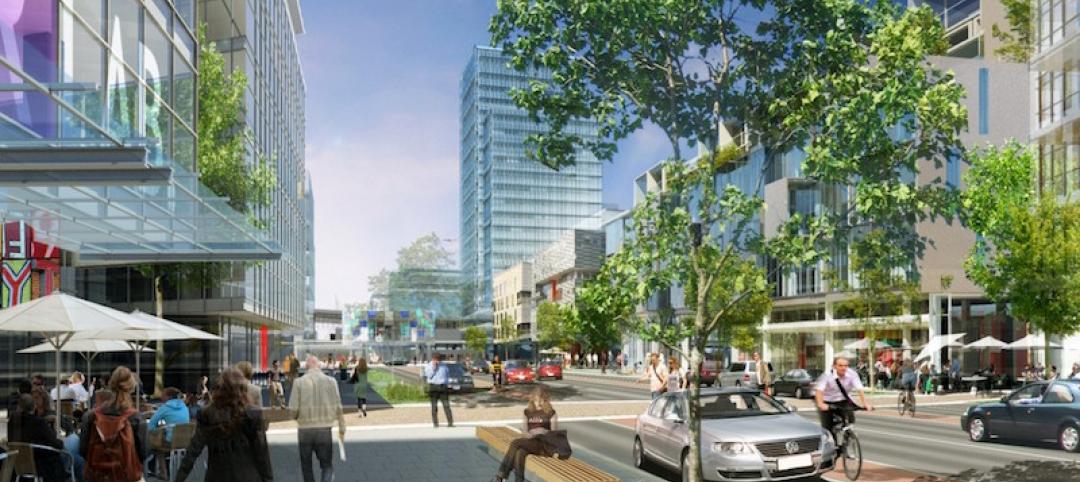Construction in China continues to boom at a rapid pace, even without 3D printers that can print a skyscraper in just 19 days.
Developers and local governments in China are known for building master planned developments from scratch, but as Forbes contributor Kenneth Rapoza points out, many of them today are still ghost towns.
“From shopping malls to soccer stadiums, hundreds of new cities in China are largely empty. And yet more cities are still being built deep in the heart of the country,” Rapoza writes.
The city of Ordos, in China’s province of Inner Mongolia, is an example of such city. It made headlines in Western media after journalist Wade Shepard featured the city in his book, “Ghost Cities of China.”
Time magazine published a web slideshow of Kangbashi District in Ordos, with photography by Michael Christopher Brown. It shows swaths of subdivisions, mid-rise apartments, and commercial complexes built to entertain and accommodate a population the size of San Diego, but remains nearly empty.
Yet under-occupancy doesn’t seem to deter development. Last week, renderings started to circulate online of a walkable, terrace-shaped exhibition hall that Chinese practice Kuanlu Architects designed for Otog, also in Ordos.
“China’s continued urbanization push can be viewed as a full-on effort to develop an insulated economy that’s based on domestic production delivering goods and services to domestic consumers,” Rapoza writes, adding that it is a result of economic crises in the U.S. and E.U. taking a toll on China’s economy.
Related Stories
Mixed-Use | Apr 25, 2017
Dutch building incorporates 22 emojis into its façade
The emoji building is part of a larger mixed-use development built around a 150-year-old oak tree.
Mixed-Use | Apr 24, 2017
Take a look at Brooklyn’s Domino Sugar Refinery redevelopment
The master plan features market-rate and affordable housing, mixed-use space, and a waterfront park with a 5-block long “Artifact Walk.”
Sports and Recreational Facilities | Apr 21, 2017
Boston Celtics training and practice facility will be part of Boston Landing mixed-use development
The facility will also include two floors of Class A laboratory and office space and retail space.
Mixed-Use | Apr 7, 2017
North Hollywood mixed-use development NoHo West begins construction
The development is expected to open in 2018.
Mixed-Use | Apr 5, 2017
SOM-designed ‘vertical village’ is Thailand’s largest private-sector development ever
60,000 people will live and work in One Bangkok when it is completed in 2025.
Urban Planning | Mar 31, 2017
4 important things to consider when designing streets for people, not just cars
For the most part what you see is streets that have been designed with the car in mind—at a large scale for a fast speed.
High-rise Construction | Mar 31, 2017
Ping An Finance Center officially becomes the fourth tallest building in the world
The completed building sits between the Makkah Royal Clock Tower at 1,972 feet and One World Trade Center at 1,776 feet.
Mixed-Use | Mar 27, 2017
The Plant brings terrace-to-table living to Toronto
Curated Properties and Windmill Developments have teamed up to create a mixed-use building with food as the crux of the project.
Mixed-Use | Mar 21, 2017
Studio Gang commissioned to design its first Canadian building
The project will be a mixed-use tower at the southwest corner of Yonge and Delisle in Toronto.
Retail Centers | Mar 9, 2017
When everyone shops online, what happens to mixed-use retail?
NBBJ’s David Yuan explains how changing retail trends are creating new opportunities for urban experiences and public space.

















